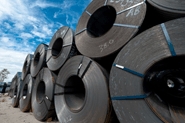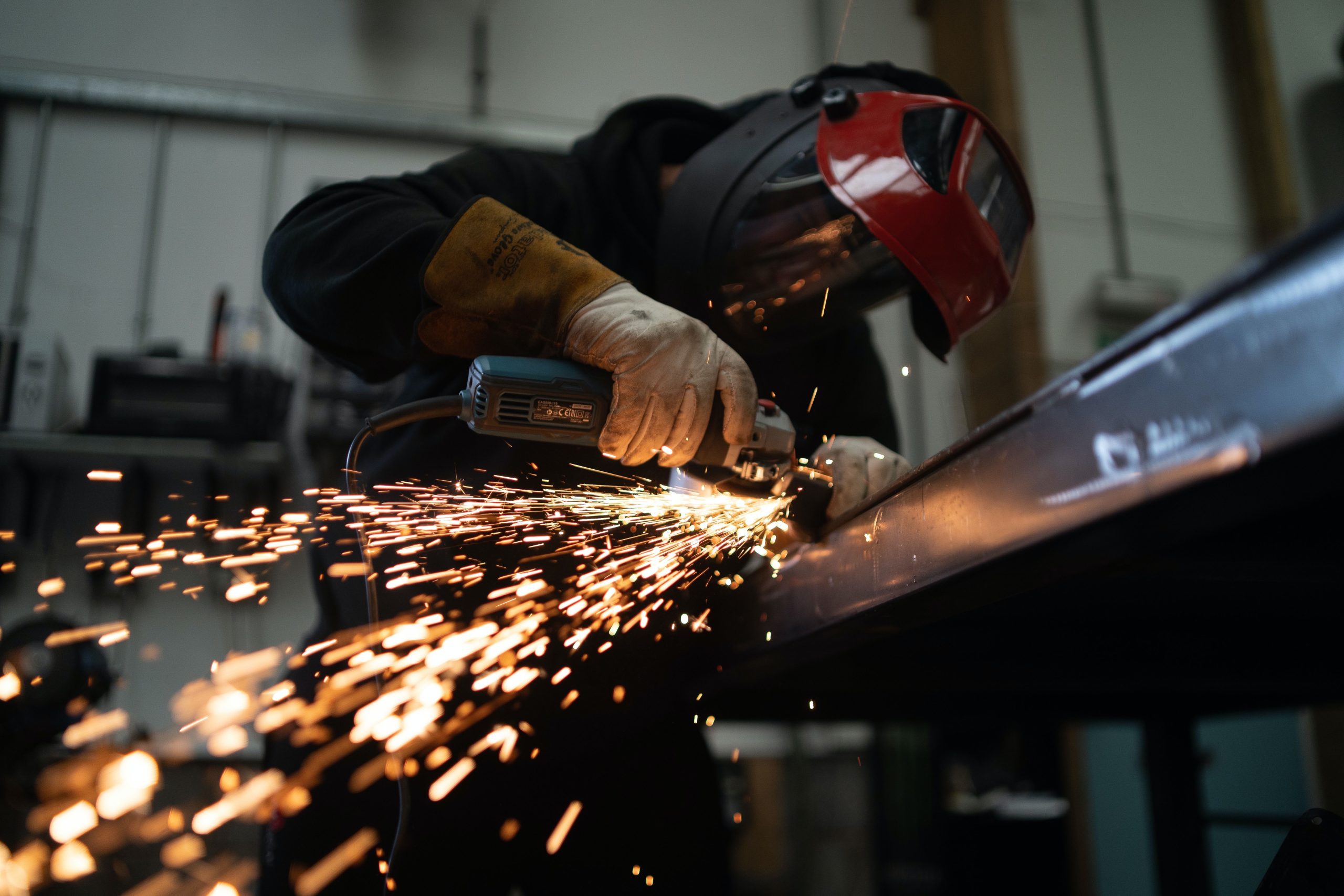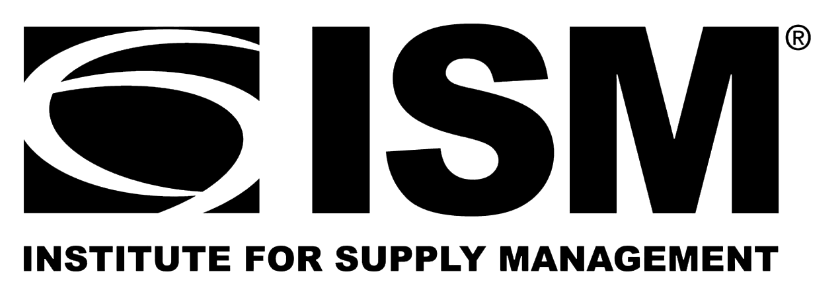Economy

Sellers of Secondary Feeling the Virus Crisis
Written by Tim Triplett
May 14, 2020
Like producers and distributors of prime steel, most sellers of nonprime or secondary steel have been hard hit by the virus. Yet secondary material is still available from the mills even though their production is way down. Some distributors are doing surprisingly well, depending on their customer base and location, while others are struggling. Secondary prices remain fairly firm, at least for the high-demand items, report Steel Market Update sources.
Some distributors specialize in secondary sales while others just dabble in this niche, which involves finding new homes for coils that the original buyers have rejected. Some coils may have minor surface flaws, some may have been out of spec because of an inaccurate dimension or chemistry, yet they may be perfectly fine for a variety of alternative uses—and available for quick delivery at a discount.
“Demand for secondary has diminished significantly. If you make bar stools for restaurants, that is not a good place to be today. If you supply steel for industrial shelving, that is booming,” said Greg Gross, COO and director of purchasing and sales at Blackhawk Steel Corp. in Chicago.
Blackhawk Steel has been fortunate because many of its customers are still busy, including Blackhawk’s own manufacturing arm, Chicago American, which makes residential and industrial fans. “We are lucky. Demand in the markets we serve—fans, storage systems, metal furniture—are all weathering the virus better than others,” he said.
Blackhawk is not tied to the automotive market like so many other service centers, which have been severely hurt by the assembly plant shutdowns that have disrupted the auto supply chain. Geographic location also affects steel demand as some states are stricter than others about enforcing shutdowns and social distancing.
Prices for secondary steel tend to trend up and down with prime prices. Despite the weak demand due to the coronavirus, steel mills announced price increases last week in anticipation of improving demand as businesses reopen in the coming weeks and months. “There is the expectation that business will resume and they will need to refill the supply chain,” Gross said. He predicts the recovery in demand will outpace the mills’ ability to bring back idled production, squeezing steel’s availability adding to the upward pressure on prices, at least in the short term.
Scarcity of the most desirable nonprime items, such as thin-gauge galvanized, has already bolstered prices, he said. “Because of the tightness of supply, some products are actually gaining value. Certain more generic items with a lot of options for alternative applications are exceedingly less available, thus more prized.”
But, he cautions, high prices for some secondary items may suggest that demand is better than it actually is. Most buyers remain hesitant to commit to purchases because of the uncertainty posed by the pandemic. “In the next 60-90 days there will be some very odd spot market pricing strictly because of availability and what happens to match people’s inquiries. It will create a completely false picture of demand,” Gross said.
Many distributors are facing a cash crunch because they have gone 60 days without shipping steel or creating receivables. “People who were on the bubble before this madness are going to have trouble getting credit from their bank,” he said. “Credit, particularly over the next quarter, will be hypervigilant. All the receivables insurers are cutting back. So, this squeezes down the ability of the marketplace to retrench. If you are fortunate enough to find a customer who wants to place an order, but he doesn’t have the money and you can’t extend him the credit, that is a lost opportunity.”
For individual companies, it all boils down to how long can you tread water, Gross said. “We are in an industry that will never go away, an industry that will always be essential. It will come back, but will it come back in a different form with different players? Trying to figure out where everyone stands is scary.”
One midwestern service center reports that demand is better than a few weeks ago, but volume is still down 50-60 percent. Supplies of secondary are plentiful, especially in hot rolled, hot rolled pickled and oiled, cold rolled and coated. “Last week we had one buyer hold off on a secondary order he was going to place. I believe he held off based on lack of orders to process, not the price. That seems to be the story with all of my customers, prime or nonprime.”
“The non-prime/secondary orders slowed with the rest of the world, but are now seeing signs of life,” said another distributor in the Midwest. He estimates the as-is spot service center business has declined by 60-70 percent, while the drop for non-auto-related sales is slightly less at 50-60 percent. “The interesting anomaly was that spot pricing held up relatively well until recently, dropping by only about 20 percent from pre-pandemic levels. The next few weeks will be make or break as auto and other manufacturing open up. It seems we are in a bubble in Detroit, so my hope is that non-auto manufacturing comes on strong while auto ramps up. It will probably be three more weeks for everything to get back to some decent level of activity.”
Lisa Goldenberg, president of Delaware Steel of Pennsylvania, Fort Washington, Pa., whose company specializes in secondary, said she is seeing early signs of inquiries picking up, but has yet to see them translate into many orders.
Secondary material is still available, but there are random shortages of the most popular items. “I am having trouble quoting jobs because I really don’t want to increase my inventory. Yet if I don’t have it in stock, it’s hard for me to go to the mills and find it, because they are not producing as much.”
The credit crunch mentioned by Gross is also an opportunity, as Goldenberg sees it. “We usually give much more lenient terms than the mills. As people’s cash gets tight, they are coming to us.” Higher prices should be more sustainable as markets open back up and the weather gets warmer, she added.
Recovery of the automotive and construction markets will be key, she said. “Auto is not a big secondary market, but it has a ripple effect. When steel mills are back up and producing for automotive, they create more secondary, which creates more opportunity.”

Tim Triplett
Read more from Tim TriplettLatest in Economy

New York state manufacturing index drops again in April
Firms were pessimistic, with the future general business conditions index falling to its second lowest reading in the more than 20-year history of the survey

Construction adds 13,000 jobs in March
The construction sector added 13,000 jobs, seasonally adjusted, in March, but tariffs could undermine the industry.

Supply chains, end-users brace for impact from tariffs
Supply chains are working through what the tariffs mean for them

ISM: Manufacturing expansion loses steam after two months of growth
US manufacturing activity slowed in March after two straight months of expansion, according to supply executives contributing to the Institute for Supply Management (ISM)’s latest report.

Chicago Business Barometer rose to 16-month high in March
The Chicago Business Barometer increased for the third-consecutive month in March. Despite this, it still reflects contracting business conditions, as it has since December 2023.
